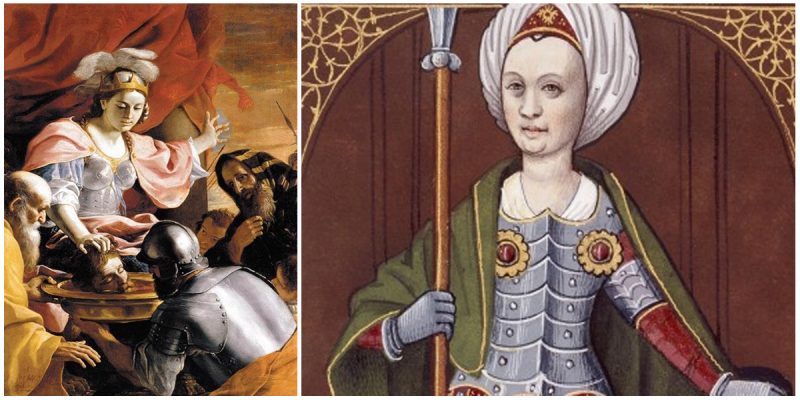Tomyris was a Massagetean ruler who reigned over the Massagetae, a Scythian pastoral-nomadic confederation of Central Asia east of the Caspian Sea, in parts of modern-day Turkmenistan, Afghanistan, western Uzbekistan, and southern Kazakhstan.
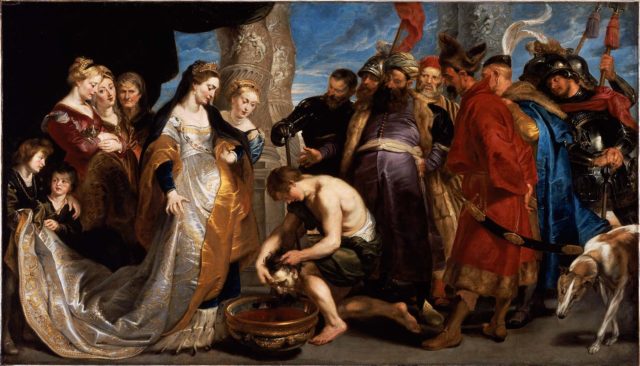
The most known story about Tomyris involves the Persian ruler Cyrus the Great and his efforts to invade and subjugate Tomyris’ people.
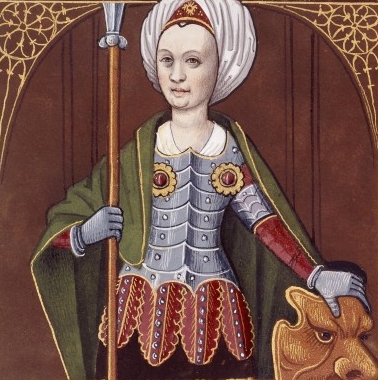
She led her armies to defend against an attack by Cyrus and defeated and killed him in 530 BC (although this is debatable since Herodotus mentions that this was only one of many stories relating Cyrus the Great’s death).
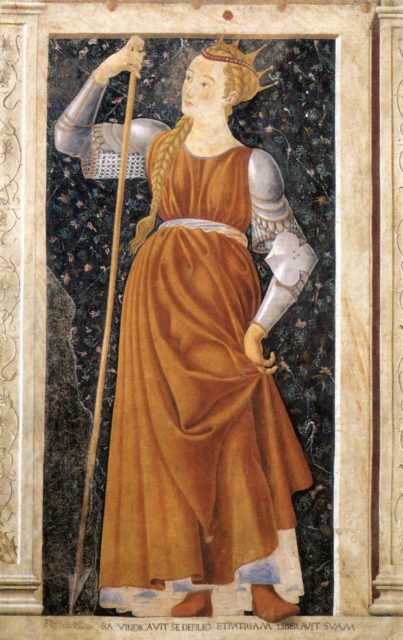
According to the accounts of Greek historians, Cyrus was victorious in his initial assault on the Massagetae.
His advisers suggested laying a trap for the pursuing Scythians: the Persians left behind them an apparently abandoned camp, containing a rich supply of wine.
The Scythian army, led by Tomyris’ son Spargapises, stumbled upon the wine and, unfamiliar with the intoxicating effects of alcohol, drank themselves into a stupor.
After, the Persians attacked the incapacitated army and kidnapped Tomyris’ son.
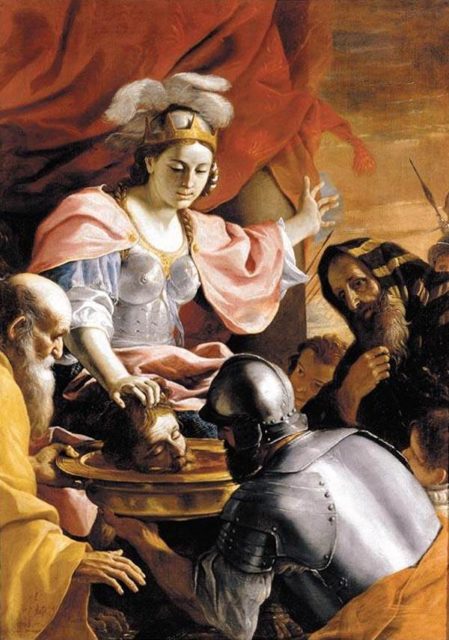
According to Herodotus, Spargapises coaxed Cyrus into removing his bonds, thus allowing him to commit suicide while in Persian captivity.
Tomyris sent a message to Cyrus denouncing his treachery, and with all her forces, challenged him to a second battle. In the fight, that ensued the Persians were defeated with high casualties.
According to Herodotus, Cyrus was killed and Tomyris had his corpse beheaded and then crucified and shoved his head into a wineskin filled with human blood.
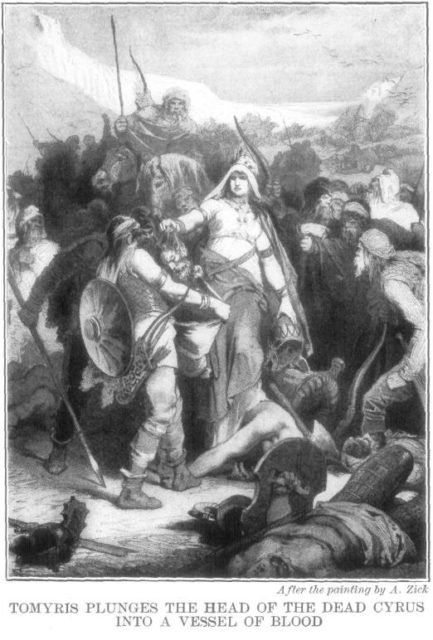
The names of Tomyris and her son Spargapises are of Iranian origins. Since the historians who first wrote of her were Greek, the Hellenic form of her name is used most frequently.
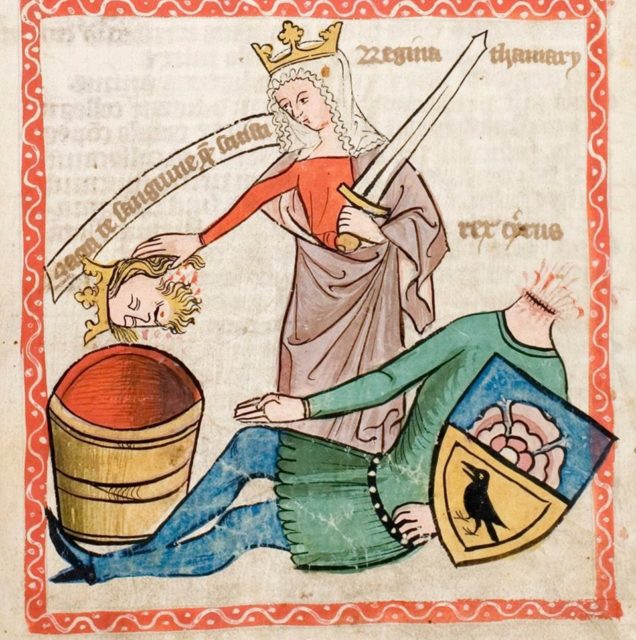
The history of Tomyris has been incorporated into the tradition of Western art.
She was painted by Rubens, Allegrini, Luca Ferrari, Mattia Preti, Gustave Moreau and sculpted by Severo Calzetta da Ravenna. She is one of the subjects grouped under the Power of Women topos by art historians.
